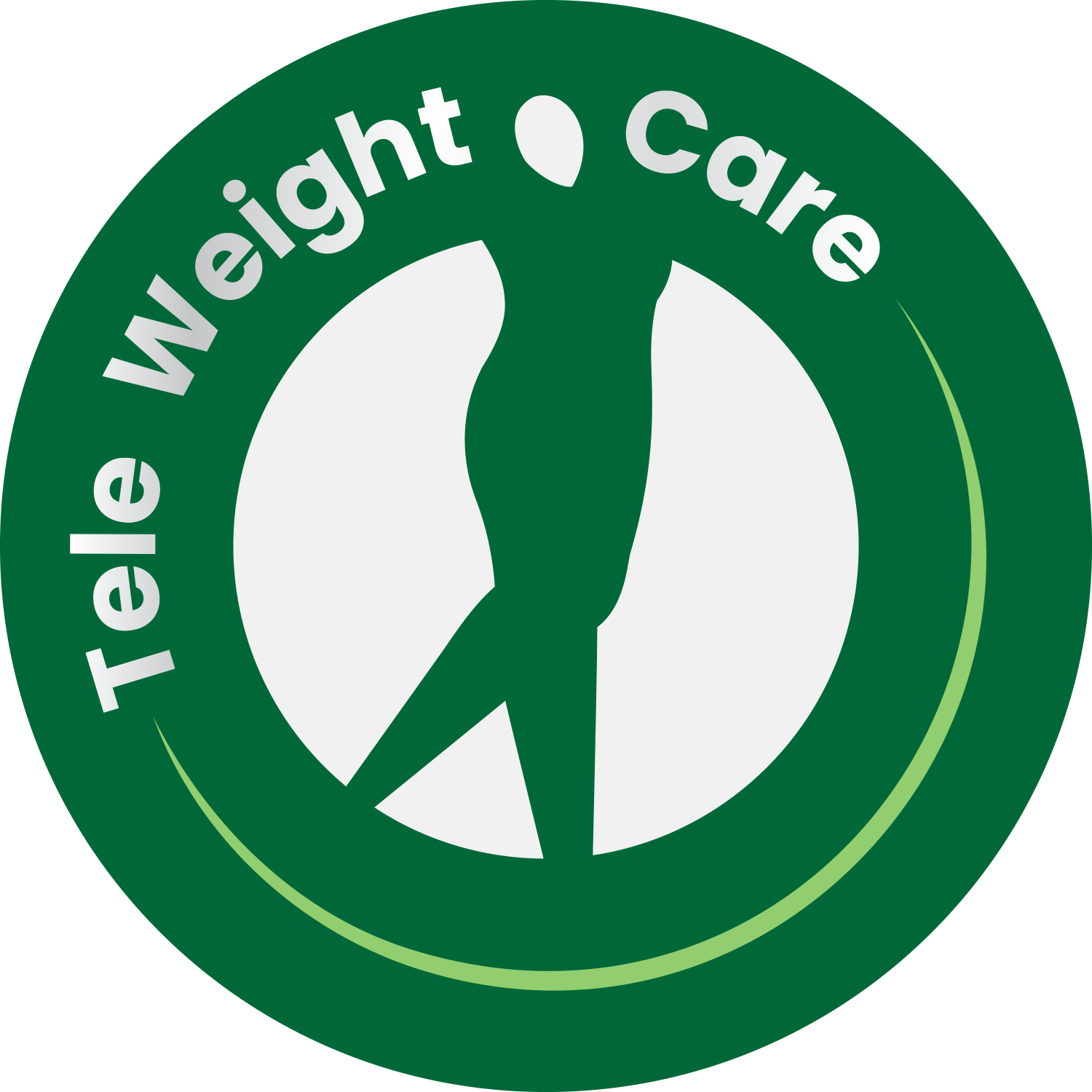FAQ's
frequently asked question
Receive Responses to Your Queries
503A pharmacy. The FDA has designated 503A compounding pharmacies as those that compound according to prescriptions specific to patients and are required by state boards of pharmacy to comply with PCAB ACCREDITATION .
FedEx overnight shipping
All GLP-1 medications shipped by Tele Weight Care can withstand temperatures up to 104°F (40°C) for a period of up to five (5) days during transit.
Insurance is not required to access our services & products.
No membership, commitment or hidden fees
No Returns or Refunds: Once prescription medication has been dispensed, we are legally prohibited from accepting any returns or issuing refunds. This policy ensures compliance with FDA regulations and protects the integrity of the prescription drug supply chain.
No, only in Arizona, Florida, Nevada, Rhode Island, Utah, Virginia
glucagon-like peptide-1 (GLP-1) receptor agonist semaglutide for chronic weight management. It is a feasible option for chronic weight management, with data for up to 2 years. It is a once-weekly weight loss medication.
Semaglutide is a GLP-1 receptor agonist recently for weight management in patients with a BMI of ≥30 kg/m2 or ≥27 kg/m2 with more than one weight-related comorbidity.
GLP-1 is an incretin hormone with receptors present in several areas of the body, including pancreatic alpha and beta cells, the stomach, and the central nervous system. GLP-1 is a target for weight management as it slows gastric emptying and promotes satiety, which leads to a reduction in food intake. Additionally, GLP-1 crosses the blood-brain barrier where it activates areas of the hypothalamus and prefrontal cortex and regulates feeding behavior.
References
Drucker DJ, Nauck MA. The incretin system: glucagon-like peptide-1 receptor agonists and dipeptidyl peptidase-4 inhibitors in type 2 diabetes. Lancet. 2006;368(9548):1696-1705. doi: 10.1016/S0140-6736(06)69705-5.
Fornes A, Huff J, Pritchard RI, Godfrey M. Once-Weekly Semaglutide for Weight Management: A Clinical Review. J Pharm Technol. 2022 Aug;38(4):239-246. doi: 10.1177/87551225221092681. Epub 2022 May 13. PMID: 35832567; PMCID: PMC9272494.
Neff LM, Kushner RF. Emerging role of GLP-1 receptor agonists in the treatment of obesity. Diabetes Metab Syndr Obes Targets Ther. 2010;3:263-273. doi: 10.2147/dmsott.s6816.
show gastrointestinal disorders are the most frequently reported adverse reaction associated with semaglutide, with incidence rates of any gastrointestinal reaction (nausea, vomiting, diarrhea, or constipation) ranging from 10.3 to 82.2%.
References
Wilding JPH, Batterham RL, Calanna S, et al. Once-weekly semaglutide in adults with overweight or obesity. N Engl J Med. 2021;384(11):989-1002. doi: 10.1056/NEJMoa2032183.
Rubino DM, Greenway FL, Khalid U, et al. Effect of weekly subcutaneous semaglutide vs daily liraglutide on body weight in adults with overweight or obesity without diabetes: the STEP 8 randomized clinical trial. JAMA. 2022;327(2):138-150. doi: 10.1001/jama.2021.23619.
Drawing medicine out of a vial
To get prepared:
Gather your supplies: medicine vial, syringe, alcohol pad, sharps container.
Make sure you are working in a clean area.
Wash your hands.
Check Your Medicine
Carefully check your medicine:
Check the label. Make sure you have the right medicine.
Get the Vial Ready
Prepare your medicine vial:
If this is your first time using this medicine, take the cap off the vial.
Wipe the rubber top clean with an alcohol pad.
Filling the Syringe With Medicine
Follow these steps to fill the syringe with medicine:
Hold the syringe in your hand like a pencil, with the needle pointed up.
With the cap still on, pull back the plunger to the line on your syringe for your dose. This fills the syringe with air.
Insert the needle into the rubber top. Do not touch or bend the needle.
Push the air into the vial. This keeps a vacuum from forming. If you put in too little air, you will find it hard to draw out the medicine. If you put in too much air, the medicine may be forced out of the syringe.
Turn the vial upside down and hold it up in the air. Keep the needle tip in the medicine.
Pull back the plunger to the line on your syringe for your dose. For example, if you need 20 units of medicine, pull the plunger to the line marked 20 units on the syringe.
To remove air bubbles from the syringe:
Keep the syringe tip in the medicine.
Tap the syringe with your finger to move air bubbles to the top. Then push gently on the plunger to push the air bubbles back into the vial.
If you have a lot of bubbles, push the plunger to push all the medicine back into the vial. Draw medicine out again slowly and tap air bubbles out. Double check that you still have the right amount of medicine drawn up.
Remove the syringe from the vial and keep the needle clean.
If you plan to put the syringe down, put the cover back on the needle.
Keep vial in the fridge.
References
Higgins T. Procedures. In: Higgins T, Arastu AS, Auerbach PS, eds. Medicine for the Outdoors: The Essential Guide to First Aid and Medical Emergencies. 7th ed. Philadelphia, PA: Elsevier; 2024: 469-477.
Amundsen GA. Local anesthesia. In: Fowler GC, ed. Pfenninger and Fowler’s Procedures for Primary Care. 4th ed. Philadelphia, PA: Elsevier; 2020:chap 5.
